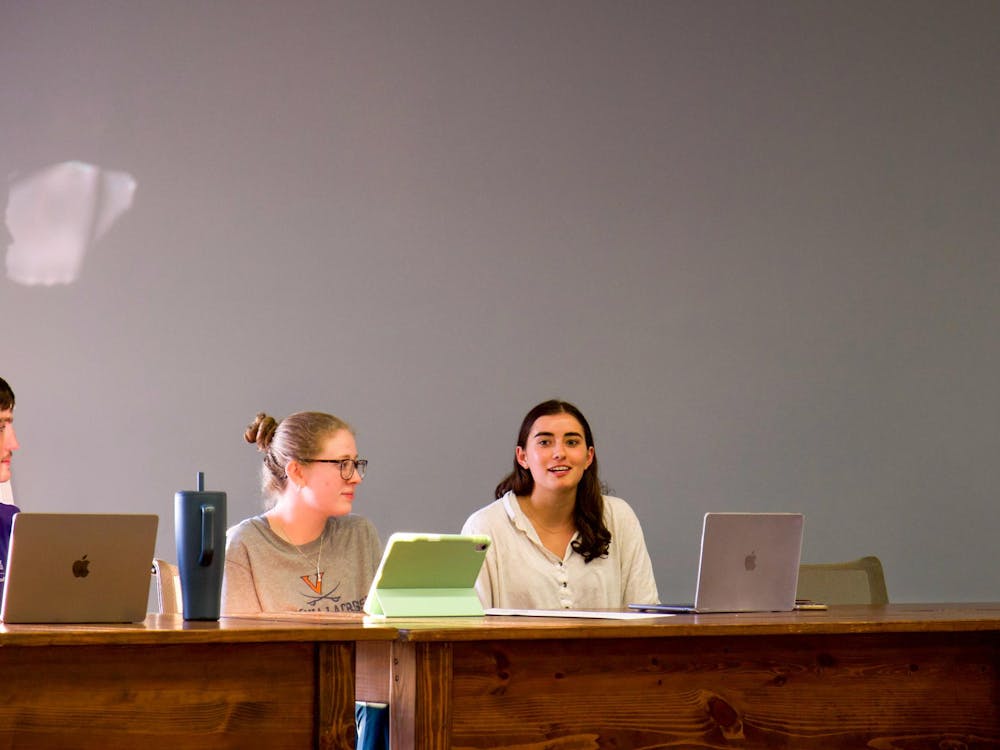The astronomy department's plans to work with the Mount Graham Large Binocular Telescope not only has sparked criticism outside the University from environmentalists and American Indian groups, but also within the University's anthropology department.
Retired Anthropology Prof. Charles Kaut, who has studied Western Apaches since 1953, said he is concerned with the University's potential involvement in the project. Kaut said the project could harm the anthropology department's research with Western Apaches.
Currently, two graduate anthropology students are conducting research on the Western Apaches. Kaut said his long involvement with the Western Apaches ensured their research would not be harmed, but he was not optimistic about the department's future relationship with the Western Apaches if the LBT project gains approval.
Kaut said he contacted University President John T. Casteen III to express his reservations about the LBT project. As a result, the University is examining the project's merits.
However, the astronomy department feels the project has strong merits, Kaut said.
University involvement would guarantee access to the LBT, one of the most powerful telescopes in the world, which would both improve University research as well as attract talented faculty and graduate students to the University, Astronomy Dept. Chairman Robert Rood said.
Although the astronomy department has access to a few telescopes and to publicly owned national instruments, the guaranteed right to use an optical telescope of the LBT's power is critical in attracting researchers and building a top-rate department, Rood said.
"Science at the top-ranked universities involves big instruments," he added.
But Kaut counters that the Apache Indians consider the Mount Graham area sacred.
The observatory's site is the exact point where heaven meets earth in Apache religious tradition, Kaut said.
Several of the scientists believe that because many Apaches have converted to Christianity, the tribe no longer values Mount Graham as a religious site, he said.
"But they're wrong," he added. The site "is important in religious terms, and it's also important for maintaining cultural ties."
Two other observatories already have been completed on Mount Graham, over Apache objections.
In addition to these observatories, Mount Graham also hosts 40 miles of roads, recreational lakes, 100 residences and about 280,000 visitors per year.
The University of Arizona and Ohio State University currently fund the project. University funding would come from a $10 million donation to the astronomy department from Frank Levinson, who graduated in 1980 from the doctoral program in astronomy.
University Provost Gene Block said the University will decide whether it will approve the project some time after a visit to Arizona in mid-April. Block will be joined by vice president for research and public service Ariel Gomez as well as selected faculty members in the astronomy and anthropology department.
"If the University goes ahead and invests in Mount Graham, then I would consider revoking my ties to the University," Kaut added. "They can take their association with me and jump in the river"






